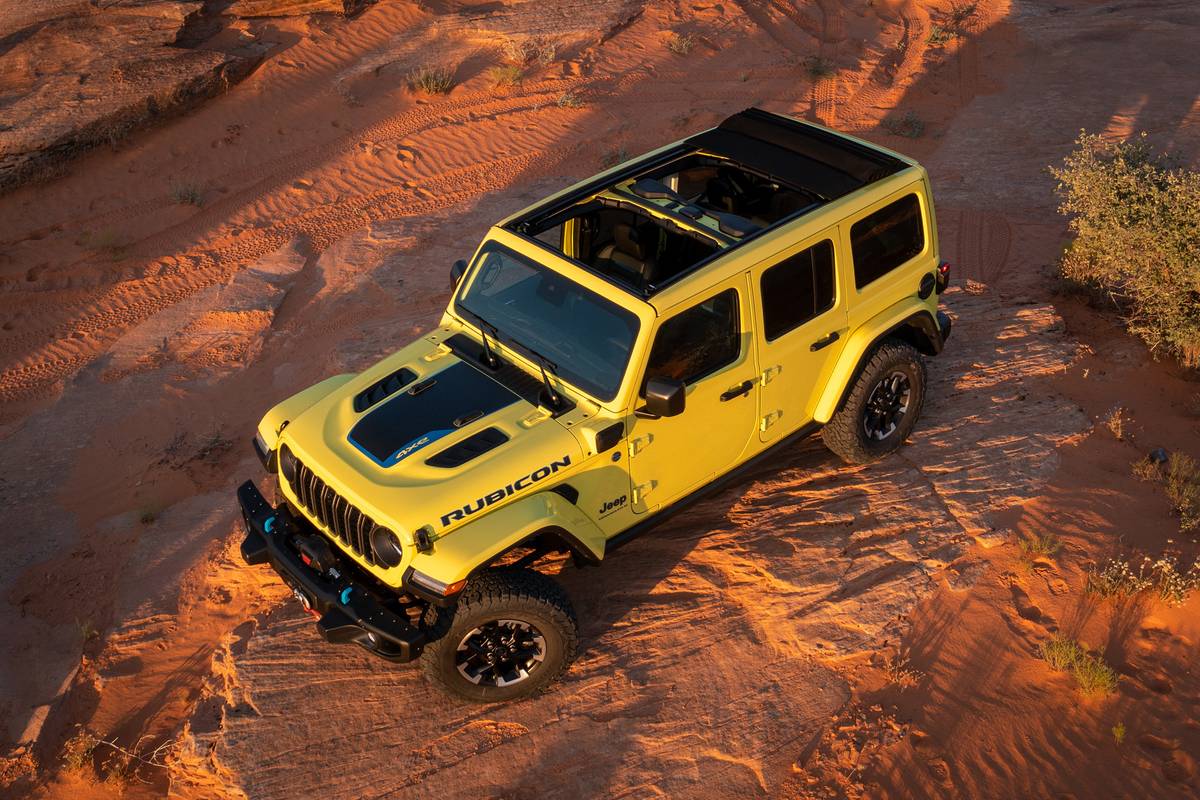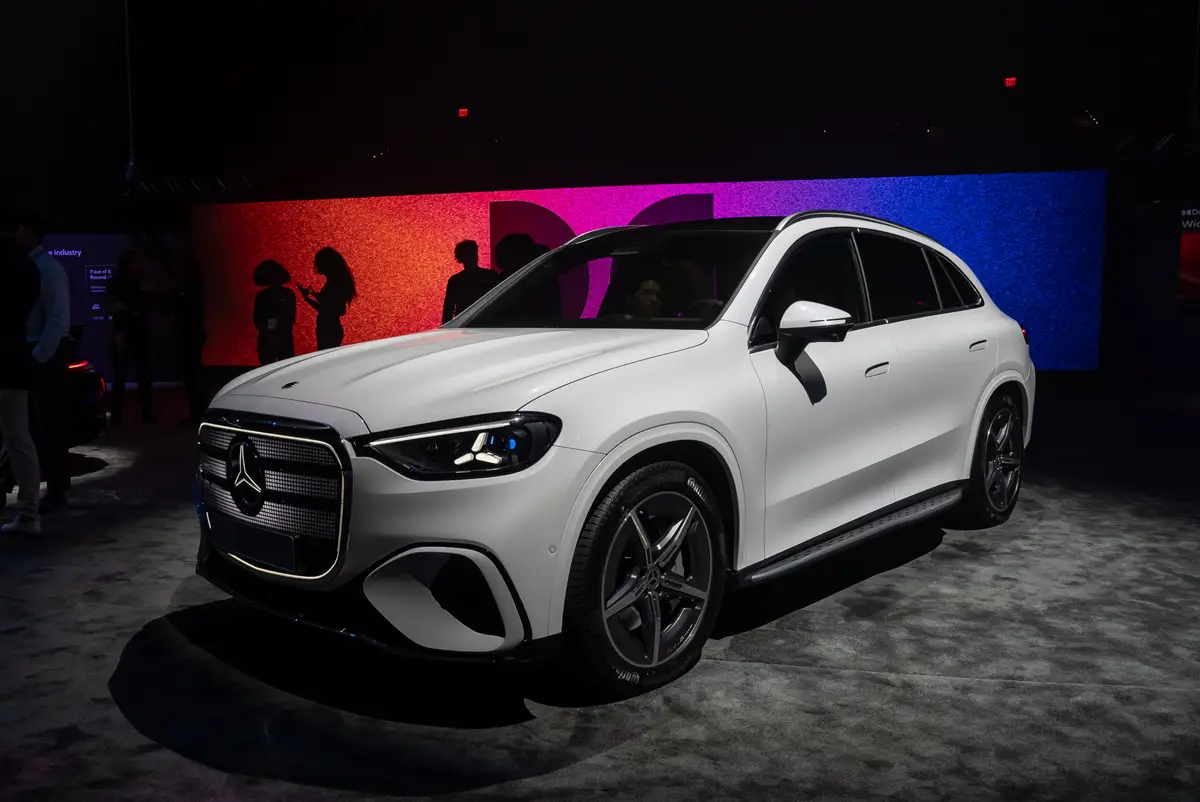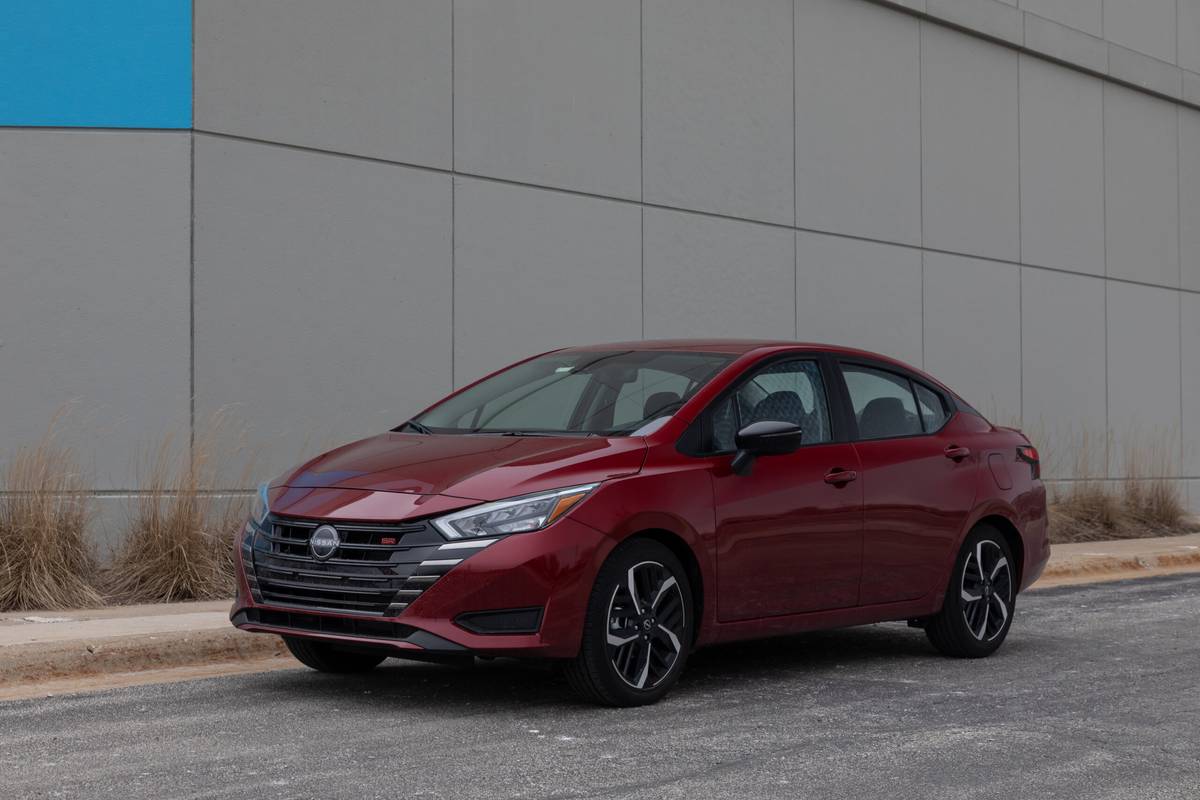Cincinnati.com's view
It would be an interesting experiment. Take a Hyundai Sonata, change the badging to Infiniti, and roll on down to the club to see what the rest of the idle rich think of it.
My bet is, especially if it were painted in platinum, as the one I tested was, they’d congratulate you on your good taste.
Conversely, if you introduced it in propria persona, they’d probably shun you, thinking you had had your loot all in Enron.
The Hyundai name is still freighted with a well-deserved load of skepticism about its ability to stay the course. The first few model years the Korean manufacturer foisted its wares on American consumers, the result was eventual revulsion at the shoddy materials and build quality which had most of them spending more time in the shop than on the road.
Though they have improved dramatically, Hyundais still get bad marks from Consumers Union, based on its annual reader surveys. They assert that the 2002 Hyundai Sonata is likely to depreciate worse than the average car in the midsize, family-sedan class, and is likely to have a much worse reliability record.
To be sure, the class includes two of the best-made, most enduring cars in the mass-produced world: The Honda Accord and Toyota Camry. So why would anybody even think of a Hyundai Sonata?
Well, it’s an extremely handsome machine, comfortable, has reasonable handling and a good ride and comes with the best warranty in the business (they know they have an image problem): bumper-to-bumper for five years or 60,000 miles, powertrain coverage for 10 years or 100,000 miles, five years or 100,000 miles of corrosion coverage, plus a roadside assistance plan with towing and lockout service that stretches five years, no limit on miles.
And oh, yes, there’s the matter of price, not at all irrelevant to family-car buyers. Does a five- or six-thousand-dollar differential get your attention? Using the True Market Value figures provided by Edmunds Inc., which reflect in real time what folks are actually paying on average for cars and trucks nationwide, I punched in roughly comparable Accord, Camry and Sonata vehicles. All were mid-range series, with V-6 engine and four-speed automatic transmission. The results: Sonata, $16,740; Camry, $22,866, and Accord, $21,151. That would give anyone pause.
Is the Sonata the equal of the others? Not quite in initial quality, I’d have to say as a reviewer who tests them pretty fresh off the truck. But darn close.
Will it hold up as well as the principal adversaries? Who knows? As with various investment vehicles, “past performance should not be construed as predictive of future performance.” In Hyundai’s case, there’s a bit of a twist to that, but I doubt that they have yet equaled the two class leaders in longevity.
Would it be worth a $6,000 gamble? Only those making the payments can solve that equation. I might suggest a strategy, though; If you’re comfortable with leasing or trading in every coupl e of years, the Hyundai might be the way to go. If you run ’em into the ground, I’d have to vote for the Japanese wheels.
The Sonata I tested was the mid-range GLS, a notch up from the base model and a step below the froo-froo LX, which brings leather seating, a power driver’s seat and automatic temperature control to the party. (The cheapest Sonata, a base with five-speed manual transmission and four-cylinder engine, has a suggested retail of $15,994 and can typically be had for a grand less, according to Edmunds.)
At the mid-point of its life, the current generation Sonata has gotten a major freshening for 2002, with strikingly handsome new sheetmetal front and rear, along with a new dashboard and instrument cluster. Engineers tweaked the multilink rear suspension, too, and in the process increased trunk volume by a cubic foot, to 14.1.
The GLS automatic/V-6 version comes with front and rear brakes, 16-inch alloy wheels shod with Michelins, power windows, locks and mirrors, cruise control, fog lamps, AM-FM-cassette-CD stereo, remote keyless entry, 60/40 folding rear seat and both frontal and front-seat-mounted side air bags. That is quite an impressive load; the only thing they skimped on is antilock brakes, which at least are available for $550. It seems odd they would provide side bags instead of ABS as a standard feature.
The GLS I tested had cloth seats, done in a nice corduroy/velvety style. They were unusually appealing, I thought, pleasing both the tactile and visual senses. The rest of the cabin is obviously plastic-y, but neither cheap nor offensive looking.
The 2.7-liter V-6 engine is aluminum top and bottom, and its output has been bumped by 11 hp this year, to 181 hp (@6,000 rpm); torque maxes out at 177 foot-pounds (@4,000). In a 3,200-pound car, that translates to acceptable performance, with 60 mph coming up in about 9 seconds from a standing start.
EPA ratings are 20 mpg highway, 27 city. I logged 23.3, mostly exploring the wilder parts of the Tristate. (Hyundai does not call for premium fuel, but in light of the 10:1 compression ratio, my guess is you’d see some benefit from going to at least 89 pump octane.)
The tester might have done better on burnouts if it had had the optional traction control. I had to let off the accelerator a bit to keep the tires in contact with the road and to damp the torque-steer squirm that full throttle evoked.
Traction control comes in a package that includes a power moonroof and antilock for a suggested $1,250. I’m a moonroof addict, so I find that bundle appealing.
Ride quality over most surfaces was quite good, with excellent shock absorption and a feeling of cushy springing along with decent shock control. Increasing the size of the front antiroll bar has helped minimize body roll, which is a good thing, up to a point. When the going got hot and heavy, one could have used a greater sense of control and less compliance, but most family-car candidates are probably not going to do much slaloming.
The four-wheel discs did their job reasonably well, although brake pedal feel was numb and braking force was hard to modulate with precision. Fade did not seem to be an issue in a series of high-rate stops. The 205/60 tires on 16-inch rims afforded a nice blend of traction and good ride quality.
The four-speed automatic transmission is a gem. It shifted nearly imperceptibly, and quickly when the driver demanded, and was quite apt at downshifting when prolonged deceleration indicated a lower gear was desirable.
The stereo had good tonality, but lacked presence, and was rather lame in tuner sensitivity, both AM and FM. It has both cassette (remember those?) and CD inputs.
The Insurance Institute for Highway Safety’s tough, 40-mph frontal offset barrier test resulted in an overall rating of acceptable for the Sonata, a notch below the top “good” rating. They felt that the cabin integrity was not well maintaine d, putting occupants in some peril. (The 2001 Camry earned a “good” rating and was called a best pick. The Accord garnered an acceptable rating. The Camry has since been reworked, but I wouldn’t expect it to fare worse.)
The National Highway Traffic Safety Administration has not crashed a Sonata into a barrier, but its side-impact testing resulted in a four-star rating for front occupant protection, and the maximal five-star rating for folks in the rear.
The tester had one option, carpeted floor mats, for $86. The total asking price, with freight, was $18,080. As noted above, discounts should be available. Payments at list price would be $366, assuming 20 percent down, 48 coupons and 10 percent interest.
“The Gannett News Service”
Latest news



